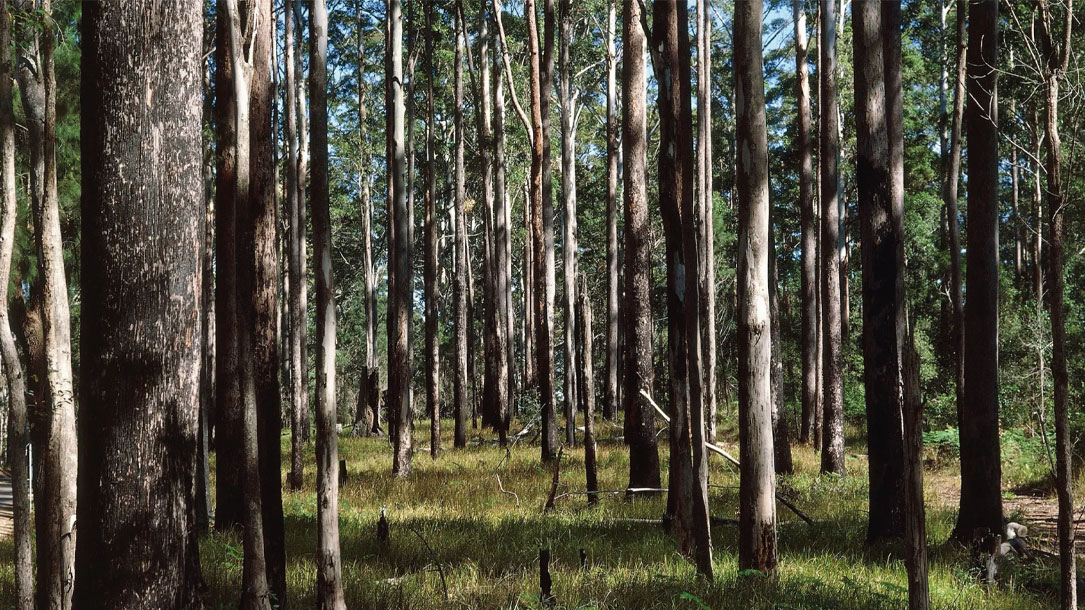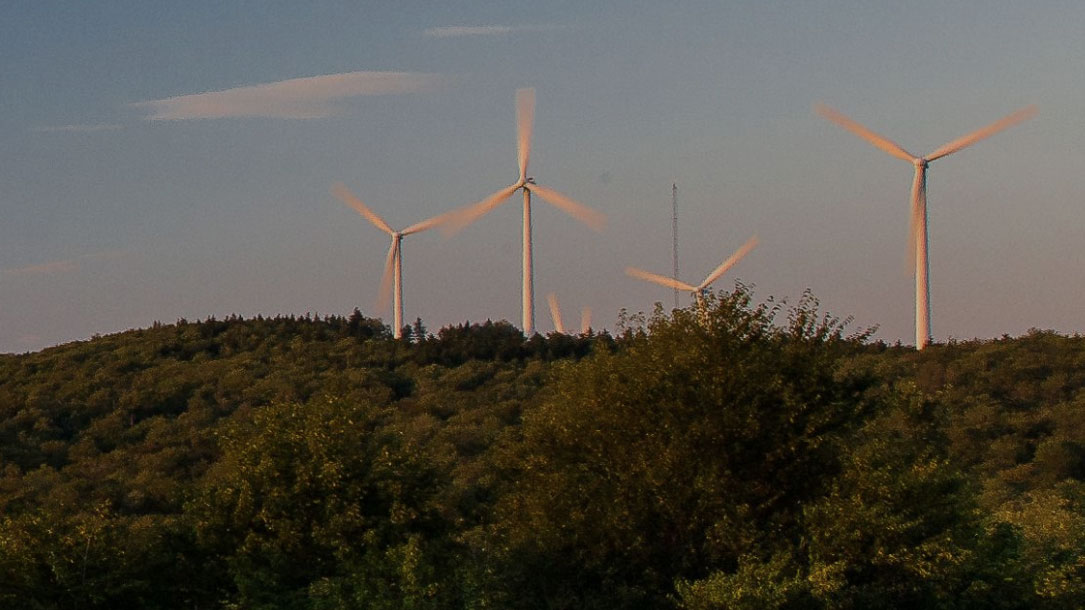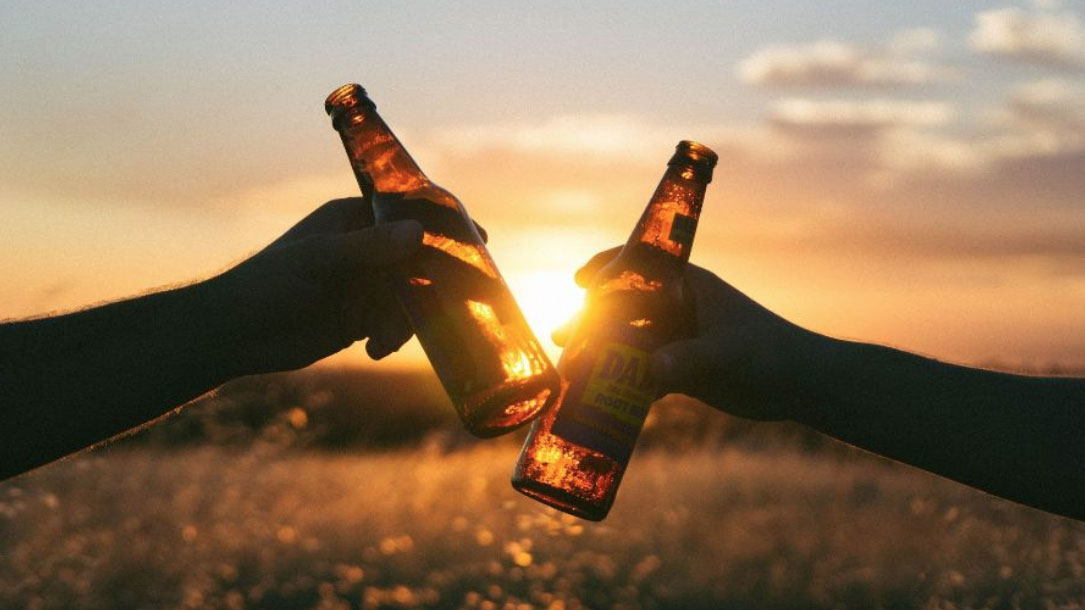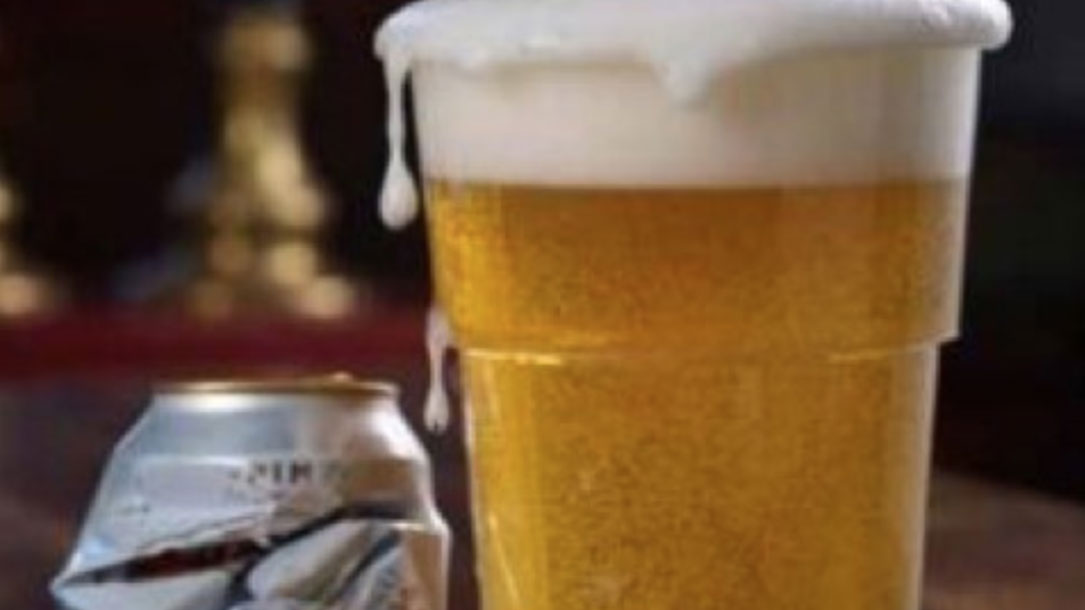Home > Climate News >

Climate change is leading to unpredictable ecosystem disruption for migratory birds
“Climates have natural variation and we’re moving rapidly into territory where the magnitude of climate change will consistently exceed this variation,” says lead author and Cornell Lab researcher Frank La Sorte.
“There will be no historic precedent for these new climates, and migratory bird populations will increasingly encounter ‘novel’ climatic conditions. The most likely outcome will be a period of ecological disruption as migratory birds and other species try to respond or adapt to these new conditions…”

How is climate change impacting your area?
If you are looking for a way to share the impact of climate change, with a trusted messenger and someone skilled in climate communications, check out Dr. Katharine Hayhoe’s Global Weirding video series. You’ll see videos for the northeast, midwest, southwest, and Canada—as well as this one for the pacific northwest.
These videos can be a great way for you and your local conservation organization to share climate messages in their e-News and social media. She knows how to talk to conservative audiences. See what you think…
Energy and food together: Under solar panels, crops thrive
At a recent solar energy conference in Minneapolis, attendees unwound at happy hour, tasting free pints of a local honey-based India pale ale called “Solarama Crush.” Minnesota-based 56 Brewing makes the smooth IPA using honey from hives located on solar farms outside the Twin Cities.
Honey producers Travis and Chiara Bolton keep bees at three solar farms where developers seeded native plants underneath and around panels. “The advantage to these sites is that they are intentionally planted for pollinators,” says Travis Bolton. “At these sites, they’re really trying to get them back to a native prairie, and that’s a benefit to us…”

‘Whole thing is unravelling’: climate change reshaping Australia’s forests (There are warning signs here in the U.S. too)
Australia’s forests are being reshaped by climate change as droughts, heatwaves, rising temperatures, and bushfires drive ecosystems towards collapse, ecologists have told Guardian Australia.
Trees are dying, canopies are getting thinner, and the rate that plants produce seeds is falling. Ecologists have long predicted that climate change would have major consequences for Australia’s forests. Now they believe those impacts are unfolding…

Fossil fuel money crushed clean energy ballot initiatives across the country
“Most eyes Tuesday night were on the key House, Senate, and governor races — and Democrats had a mixed night, taking the House but watching as newfound heroes Beto O’Rourke and Andrew Gillum went down to defeat. But there were several climate change- and energy-related ballot initiatives up for a vote across the country as well.
For the most part, they did not go well for fans of clean energy. The ones that utilities and oil and gas companies mobilized and spent big against lost. After being boxed out of climate and energy policy at the federal level, the left has turned to states, but at least last night, the states did not deliver much good news…”

Choosing Clean Energy
Choosing Clean Energy highlights how the clean, renewable energy revolution is unfolding across the United States. It promotes the positive economic and health benefits of cleaner, low-carbon energy technology in the United States. The electric power industry is in a state of rapid transformation, and in the next decade we will see a reinvention of how we generate, store, transmit and use electric power.

TNC: Catalyzing clean energy in northern New England
A recent study by The Nature Conservancy (TNC) and Coastal Enterprises Inc. (CEI) identifies strategies to transition New Hampshire, Vermont, and Maine to a clean energy economy. Innovative public-private partnerships and new investments can spark a clean energy future that has the potential to catalyze the creation of new jobs, expand access to renewable energy and energy efficiency, and lower greenhouse gas emissions…
TNC in Vermont, New Hampshire, and Maine and CEI commissioned the Vermont Energy Investment Corporation (VEIC) to research and identify the opportunities and challenges to clean energy investment, the results of which can be found in the “Advancing Clean Energy Investment in Northern New England” report.

Adapting agriculture to climate change
“The strong trends in climate change already evident, the likelihood of further changes occurring, and the increasing scale of potential climate impacts give urgency to addressing agricultural adaptation more coherently. There are many potential adaptation options available for marginal change of existing agricultural systems, often variations of existing climate risk management. We show that implementation of these options is likely to have substantial benefits under moderate climate change for some cropping systems. However, there are limits to their effectiveness under more severe climate changes. Hence, more systemic changes in resource allocation need to be considered, such as targeted diversification of production systems and livelihoods…”

Decreases in global beer supply due to extreme drought and heat
“Beer is the most popular alcoholic beverage in the world by volume consumed, and yields of its main ingredient, barley, decline sharply in periods of extreme drought and heat. Although the frequency and severity of drought and heat extremes increase substantially in range of future climate scenarios by five Earth System Models, the vulnerability of beer supply to such extremes has never been assessed. We couple a process-based crop model (decision support system for agrotechnology transfer) and a global economic model (Global Trade Analysis Project model) to evaluate the effects of concurrent drought and heat extremes projected under a range of future climate scenarios. We find that these extreme events may cause substantial decreases in barley yields worldwide…”

Don’t save the planet for the planet. Do it for beer.
Your climate communications don’t always have to be serious to make an impression. You want to find shared values that connect with your audience. Take this story, for example, that starts off with this:
“Worst case? If people don’t stop burning so much carbon-based fossil fuel and emitting greenhouse gases, world beer consumption could drop by 16 percent, and the price of a beer worldwide could double…
Climate change stands to alter the way humans farm every plant we eat and every plant we feed to the animals we eat. If you’re sure you’re gonna want another beer? Now’s a good time to think about saving the world…”












